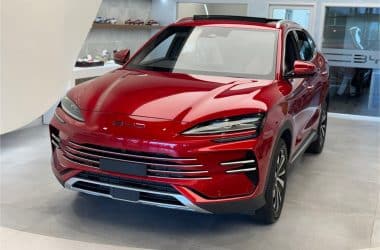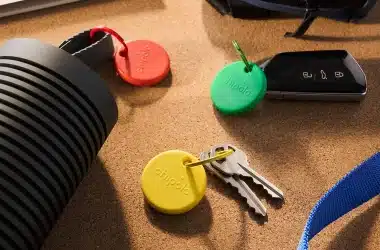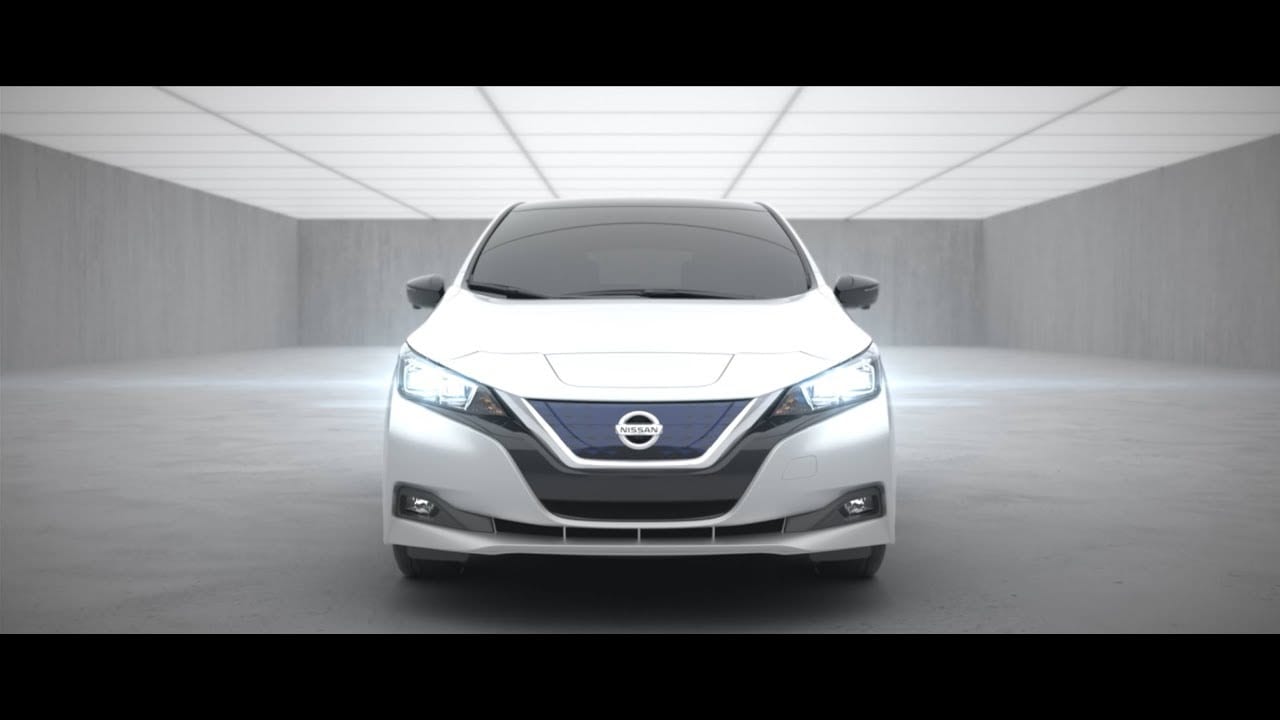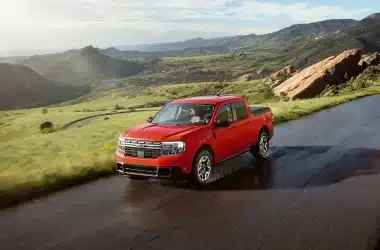The Nissan Leaf electric car has been approved for vehicle-to-grid (V2G) connections by German regulators, making it the first electric car to get such an approval. This is positive step forward for the concept of distributed energy storage, discussed below.
V2G is a concept that enables electric vehicle batteries to supply power to the electric grid. They draw current from the electric grid (especially in the evenings after people get home from work and want to charge up for the next day).
Why? There are multiple reasons, three of them are:
- Keeping the lights on. The grid needs battery backup (regardless of whether coal, solar, or wind power are used) to decrease the need for expensive peaking power plants. Battery backup also facilitates greater renewable energy penetration (more solar and wind energy can be integrated into the grid without the issue of power variability coming into play).
- Energy storage is expensive, and putting existing batteries to use would be a great way to help a Nissan Leaf pay for itself, especially when it is not in use.
- Your car could be sitting in your driveway, making money while you sleep. Fleet owners can benefit as well, and may consider buying the Nissan Leaf over electric cars for this reason.
Maintaining the reliability of the electricity grid is challenging and expensive. Envision a future in which millions of cars are providing the grid with battery backup while parked. This makes it significantly easier to power Germany with solar and wind power, and it also enables the grid to store and therefore utilize more of the surplus solar and wind power that isn’t utilized during sunny and windy periods.
This is important because solar and wind farms are always on. They’re always on because turning them off isn’t going to save any fuel, and turning them off doesn’t help from a financial standpoint either. This is due to a low marginal cost. Fossil-fueled power plants are the opposite in this regard because they have a high marginal cost (i.e. The longer they are running, the more fuel they consume).
How much can an electric car battery help the grid?
Considering the 200+ mile range that modern electric cars (including the latest Leaf) have, which is far more than the distance that most people drive in a day, they have some energy to spare in the nights when they’re not driven!
Electric car battery capacities are commonly in the 24-60 kWh range, which can power a 1 kW house for 24-60 hours per charge (it could be a little less than this due to losses). Many houses require more than this (most are 3 kW in the U.S., for example), so those batteries could power 3 kW houses for 8 to 20 hours. Of course, one wouldn’t want to use the entire battery’s capacity and leave the car owner with nothing.
Video credit: Nissan.







